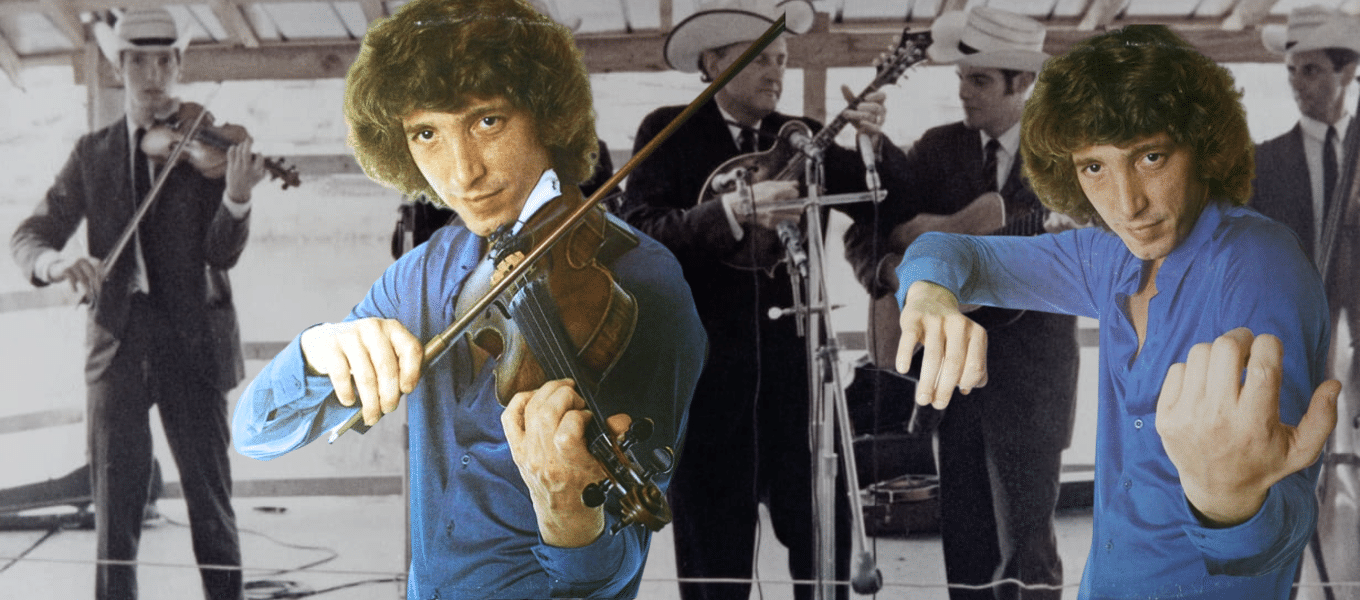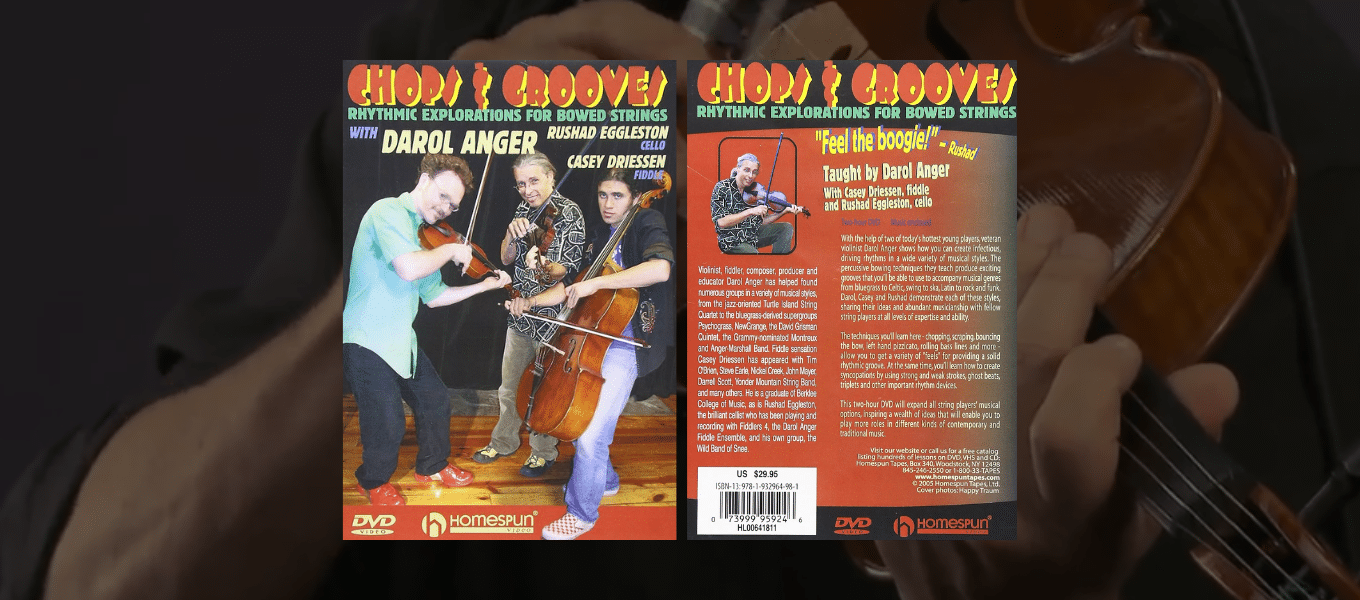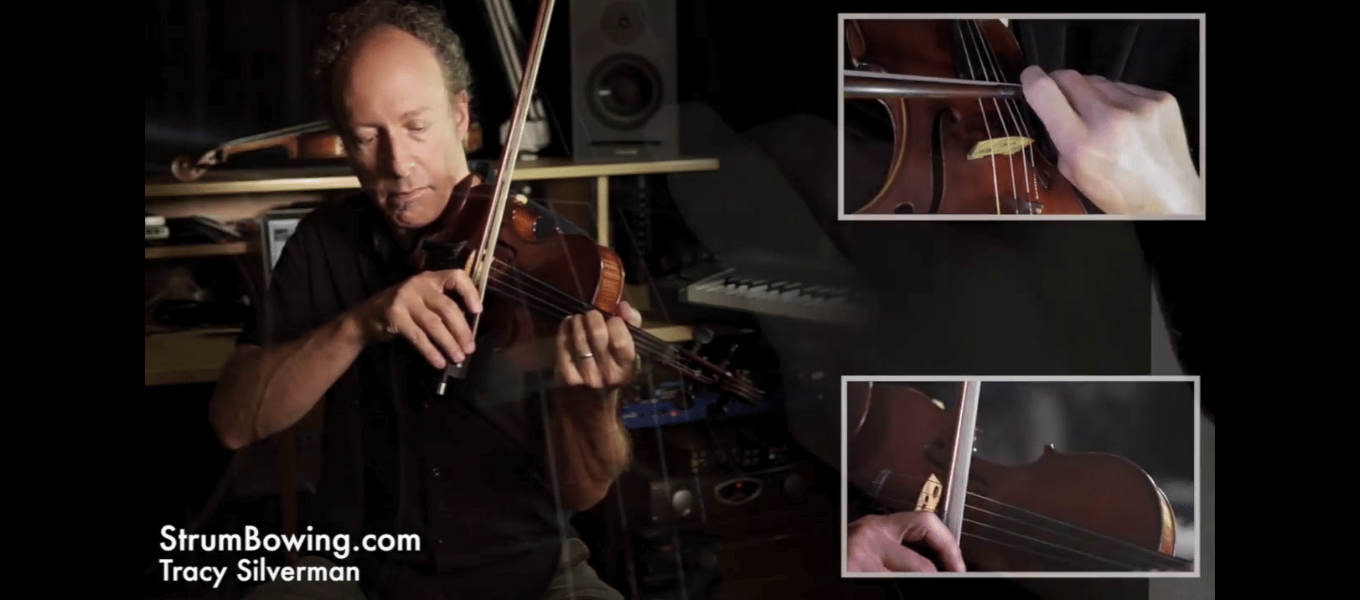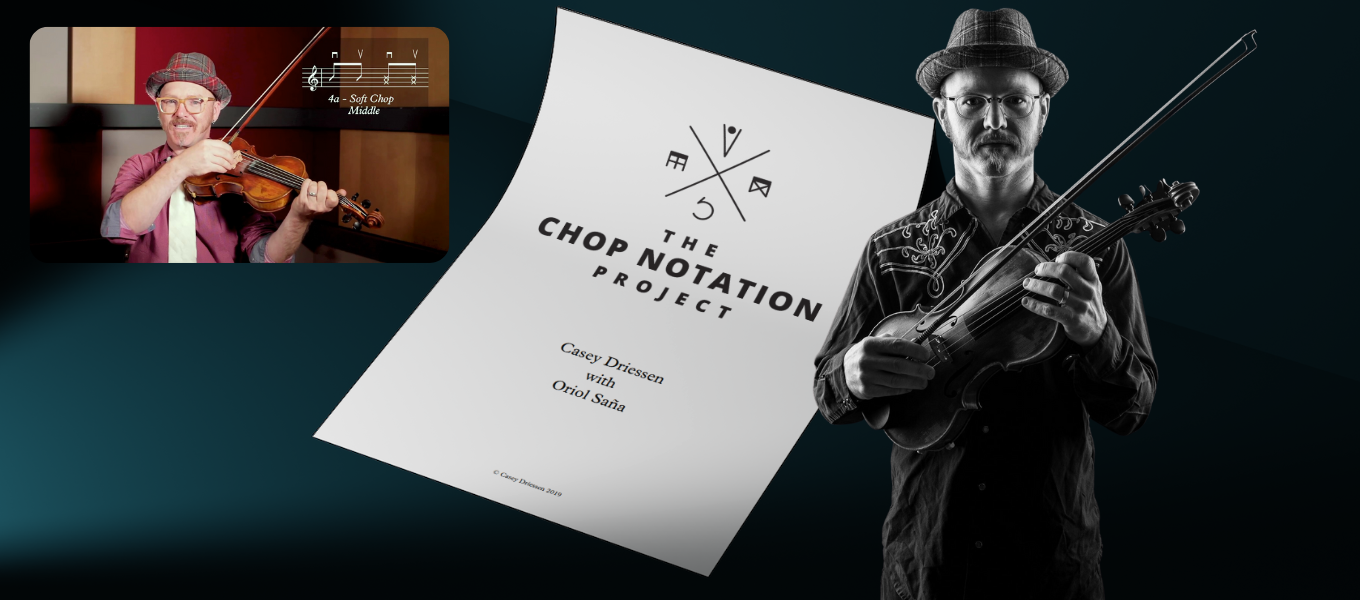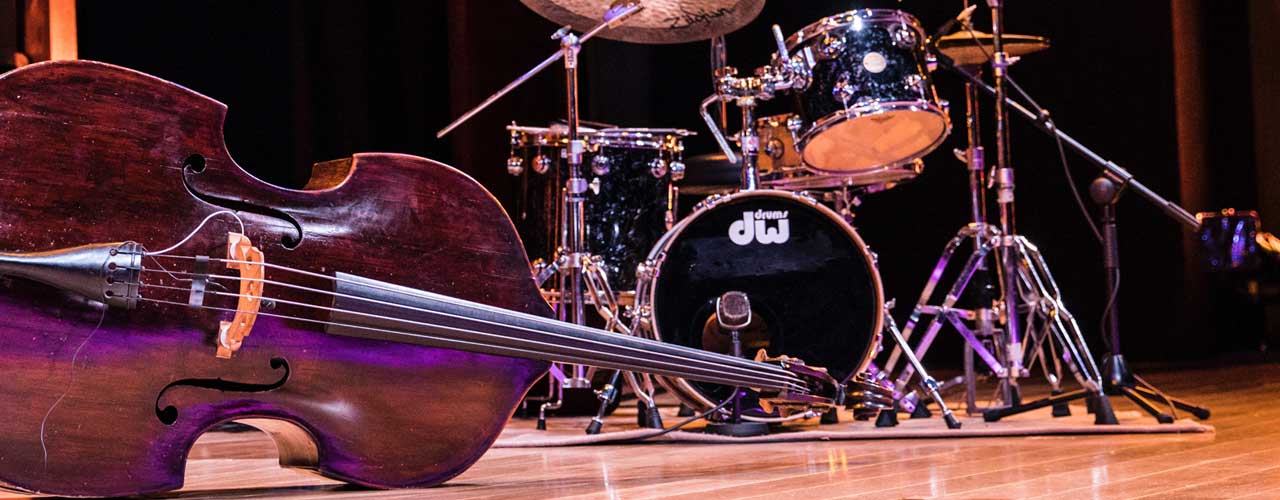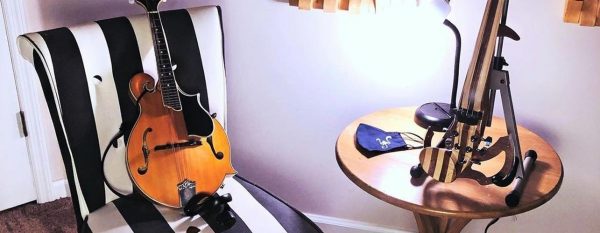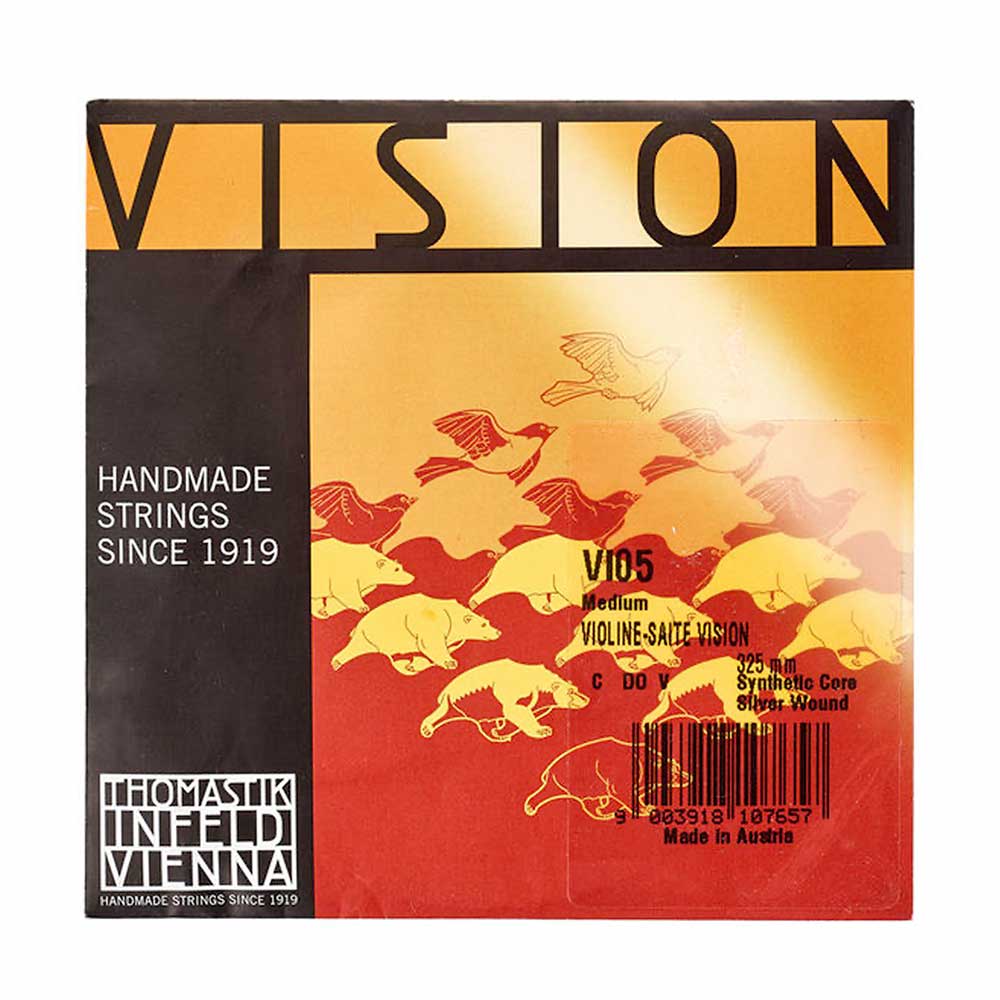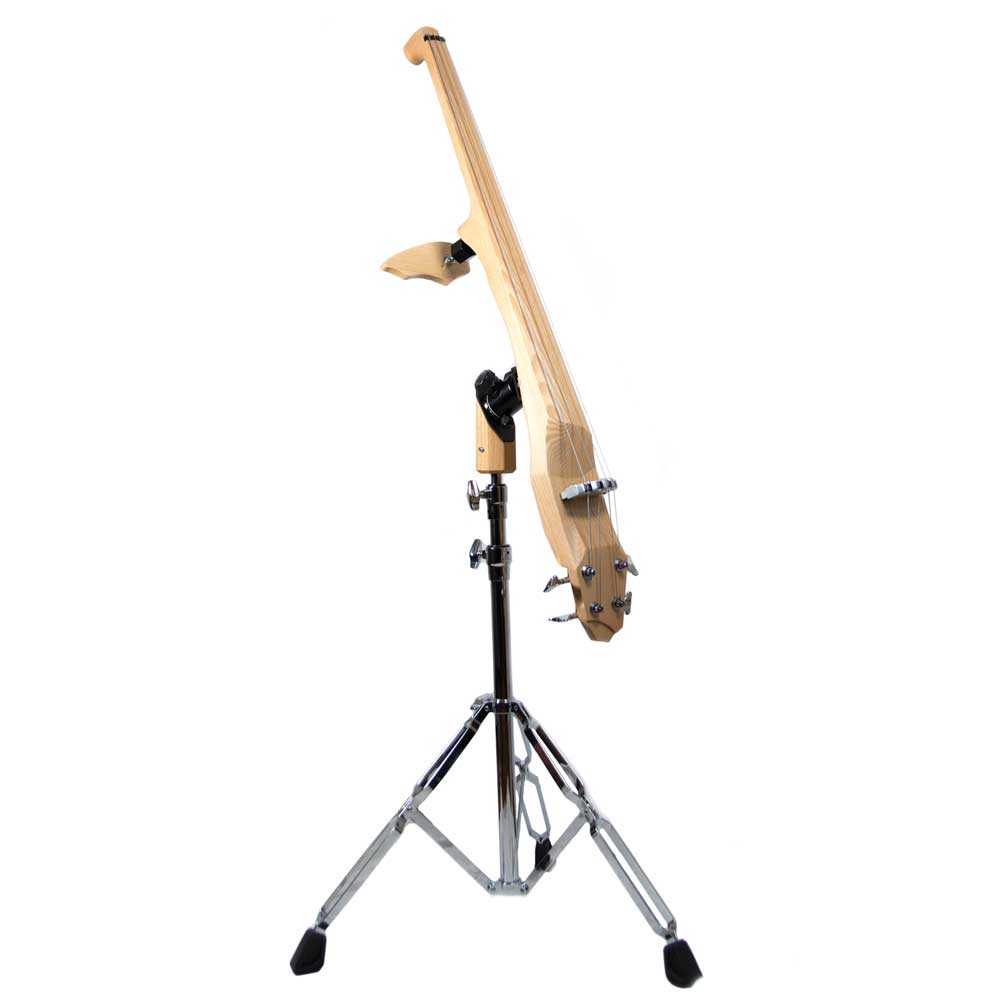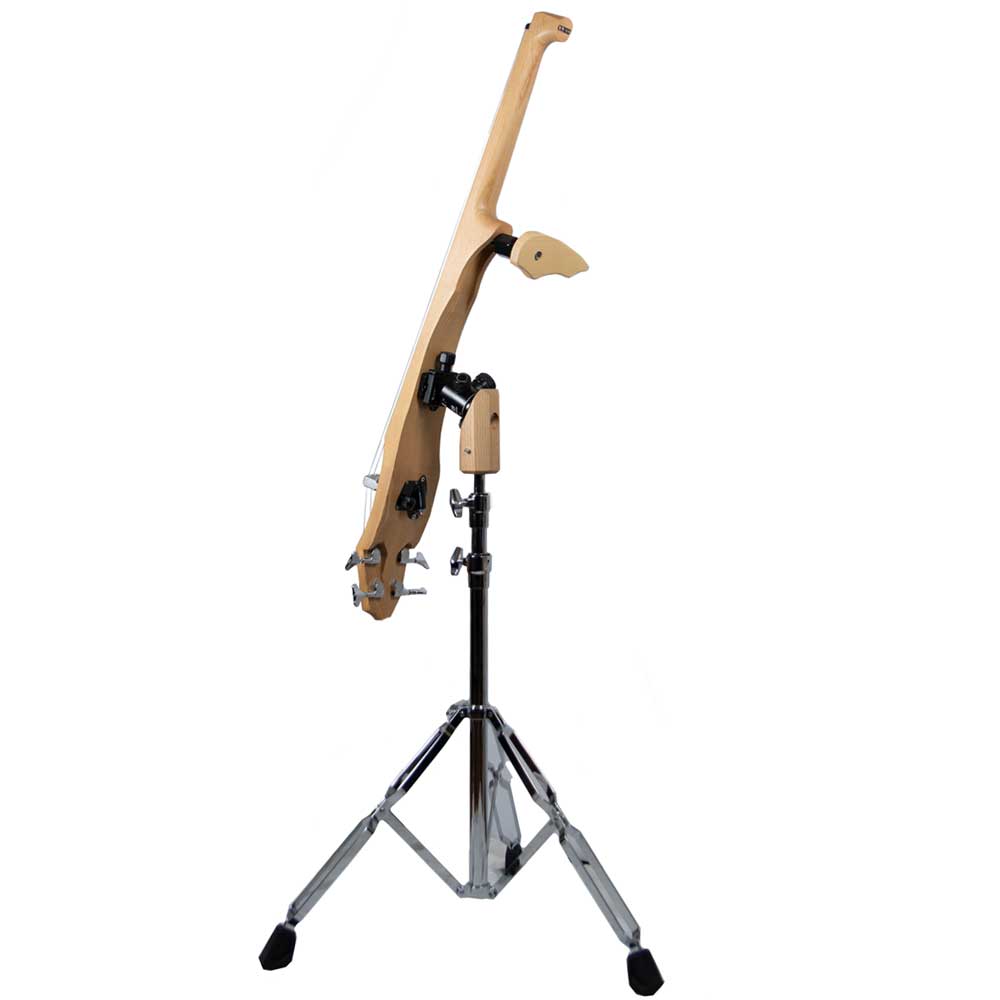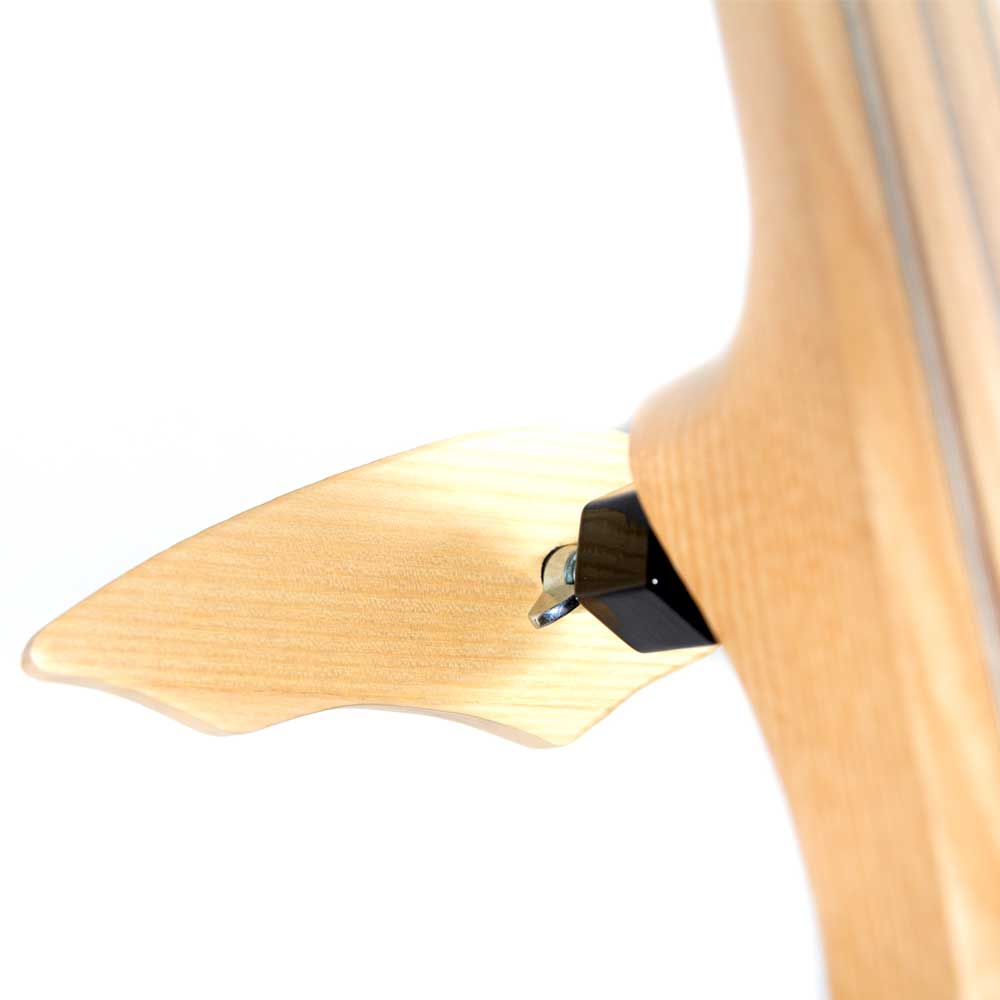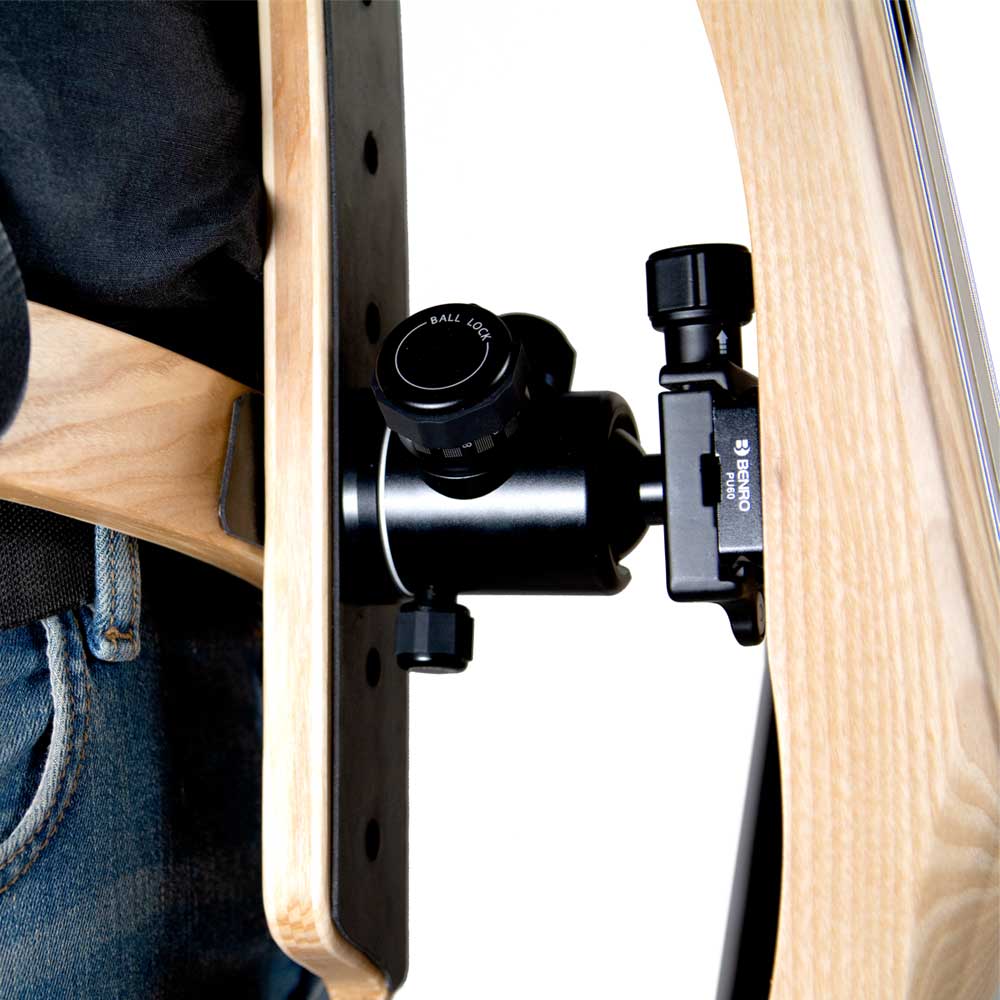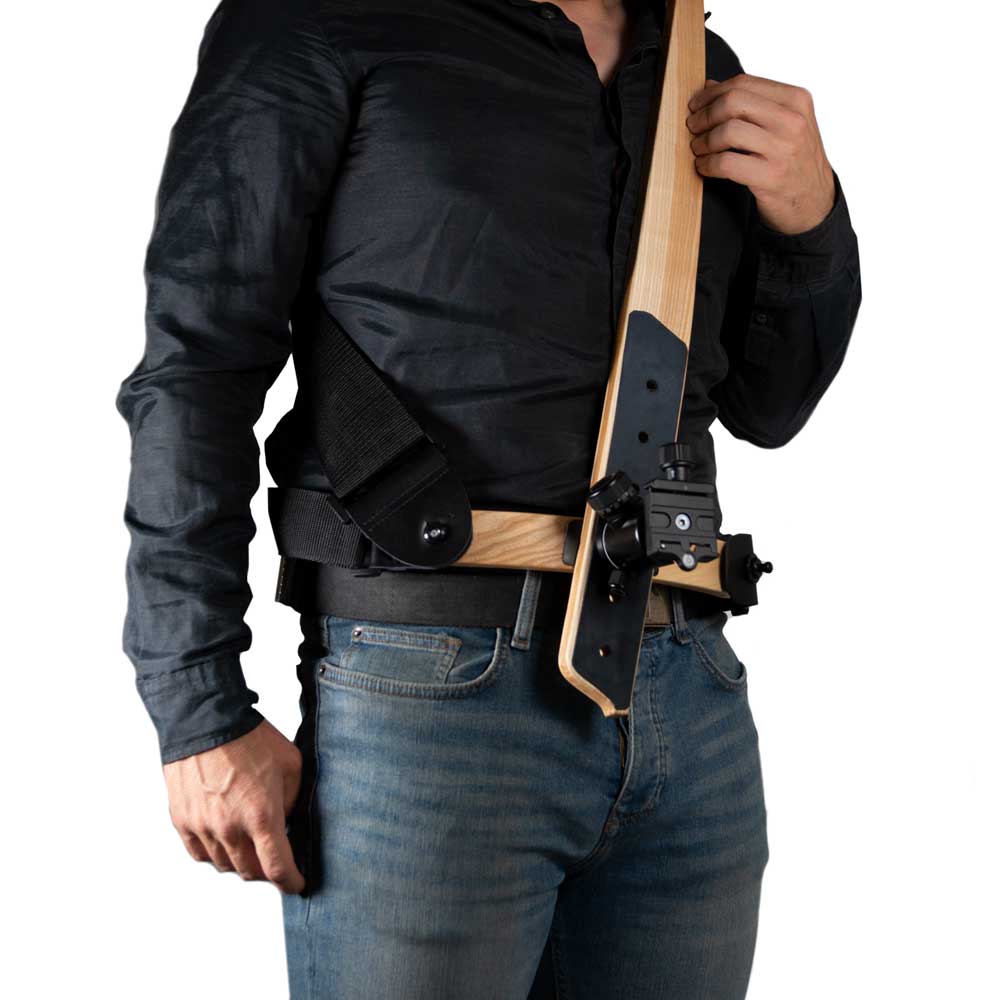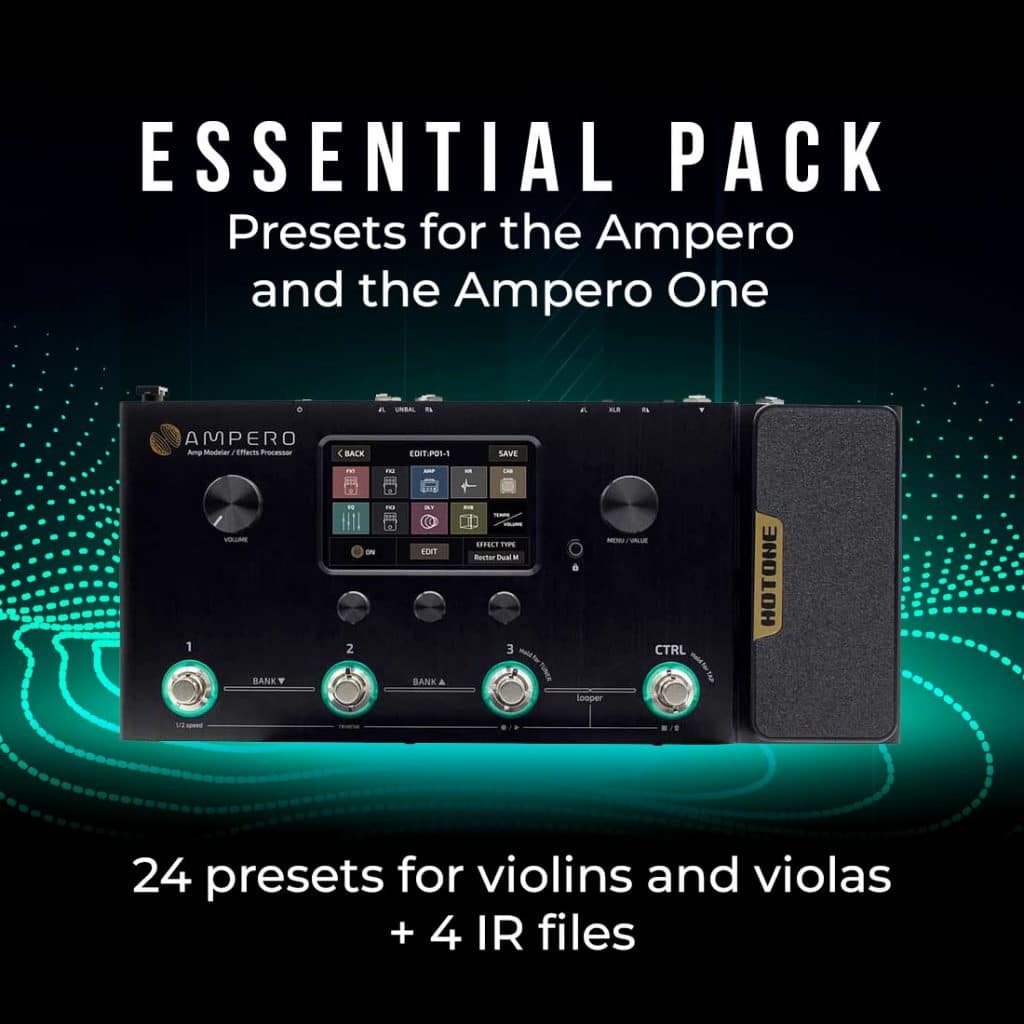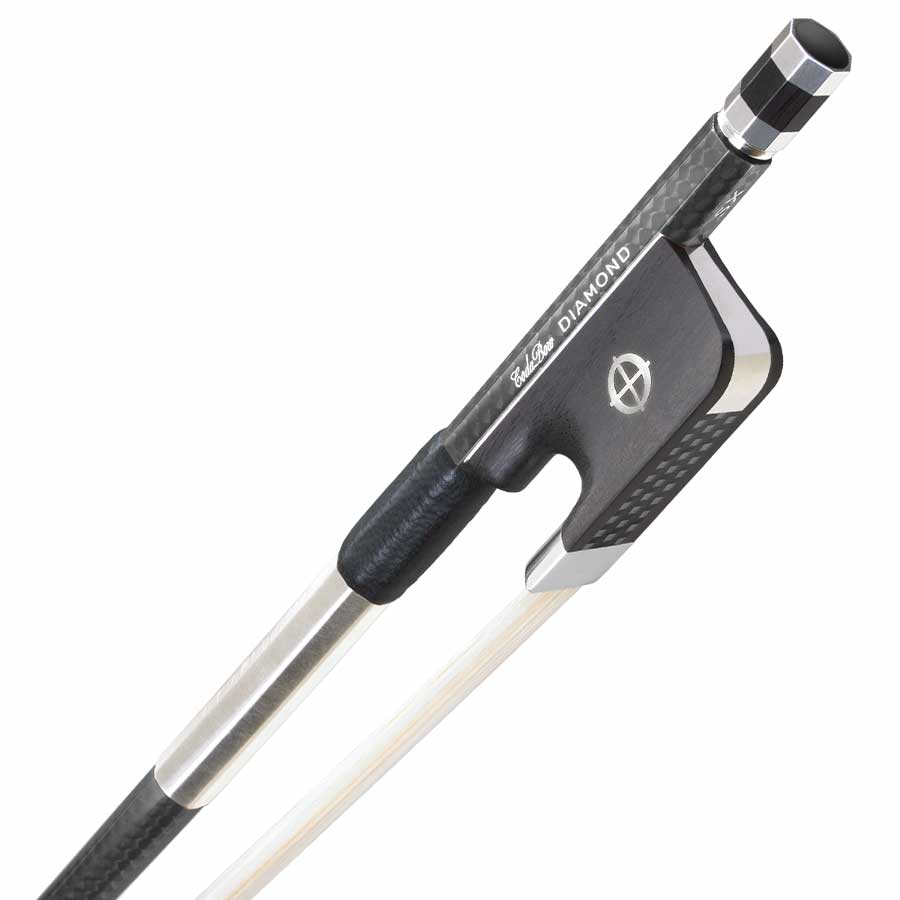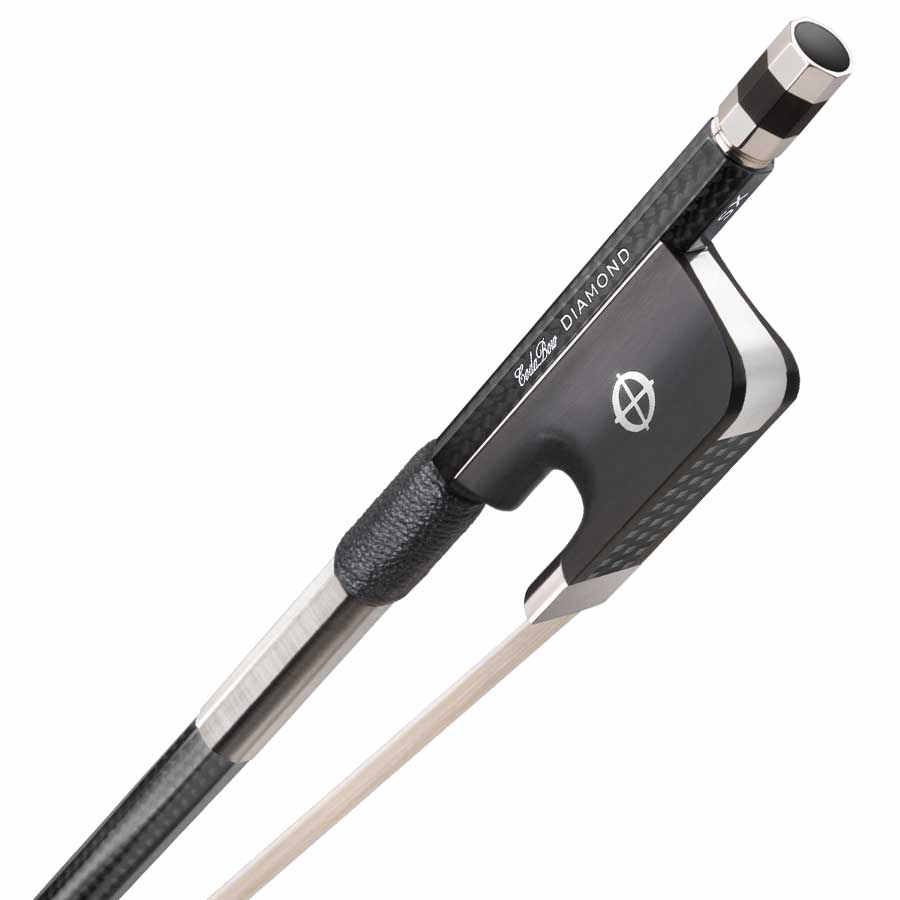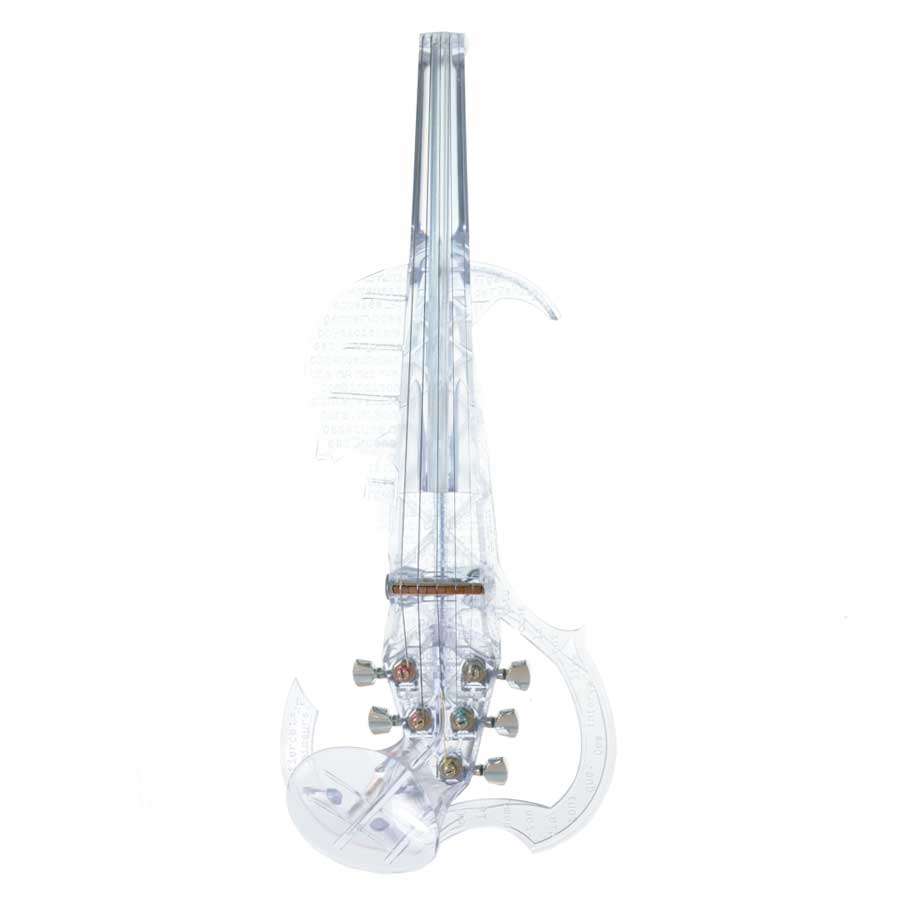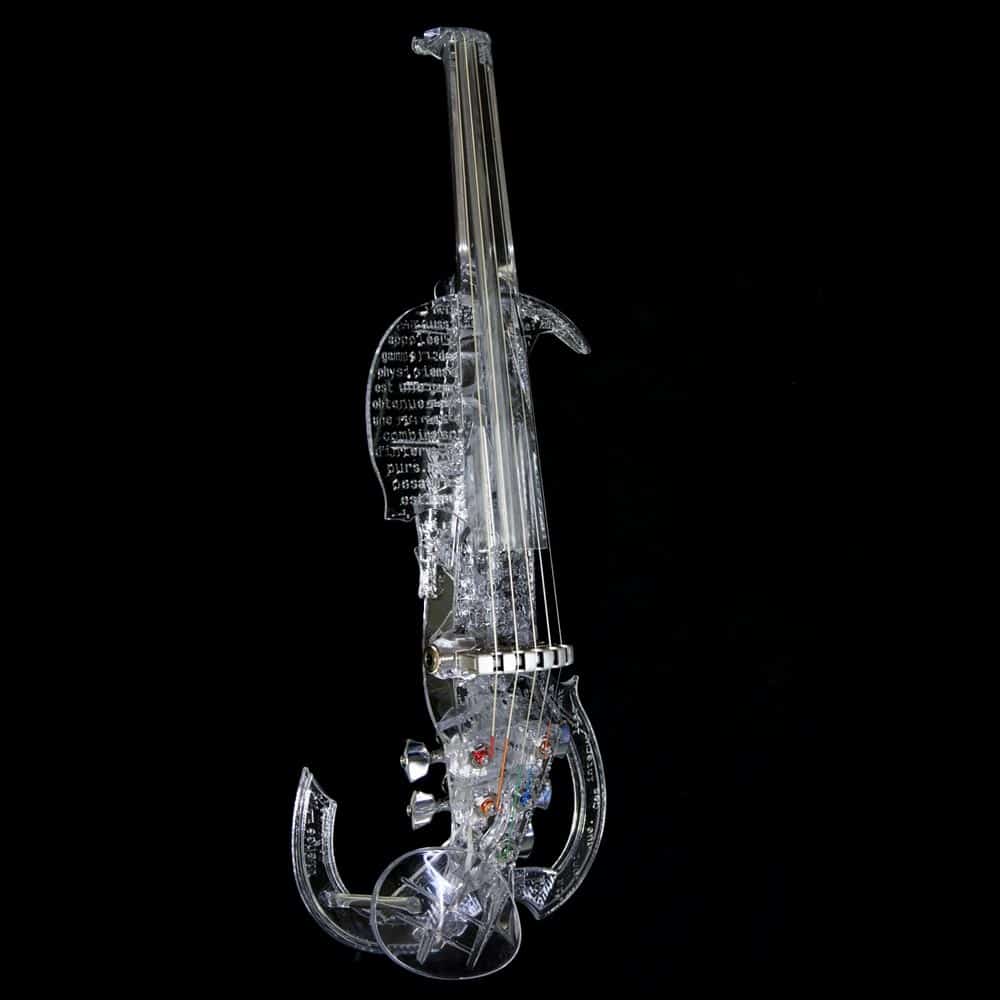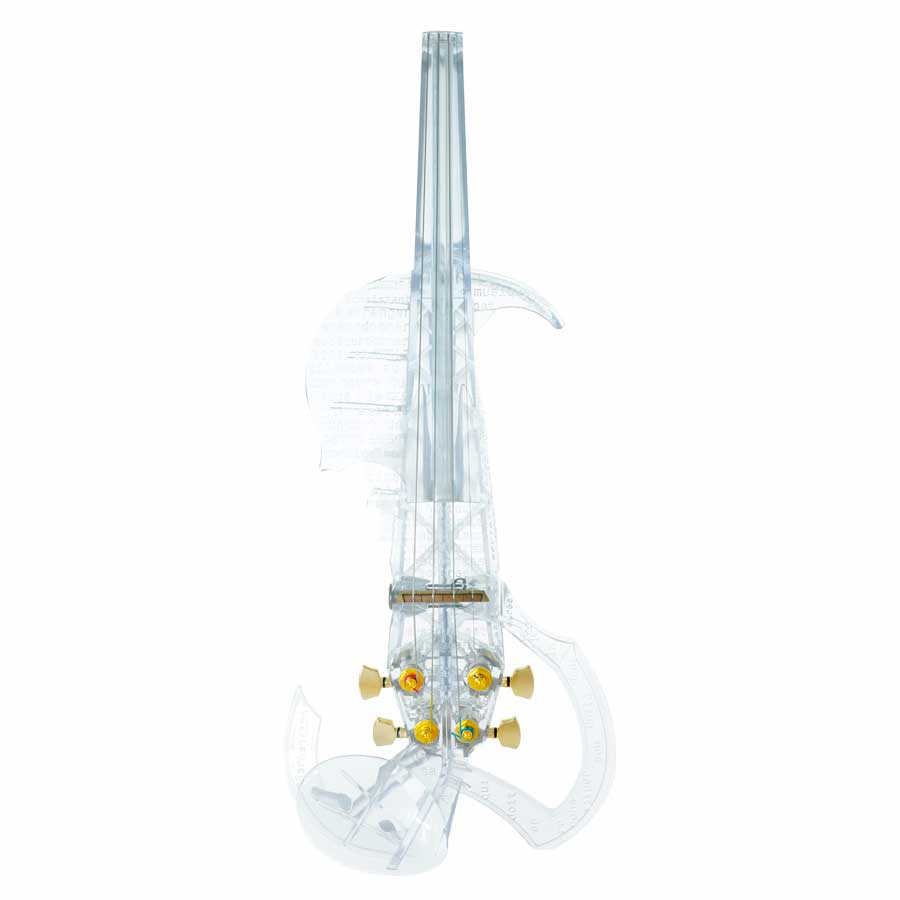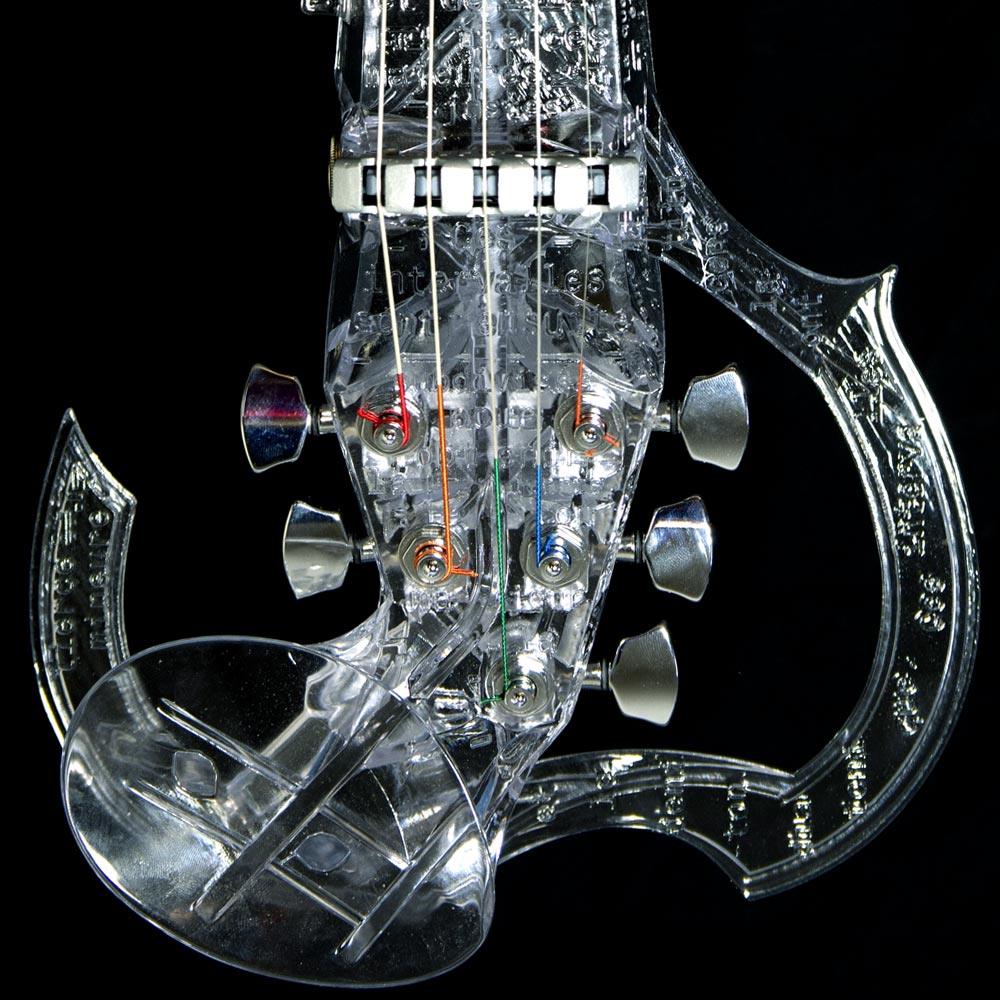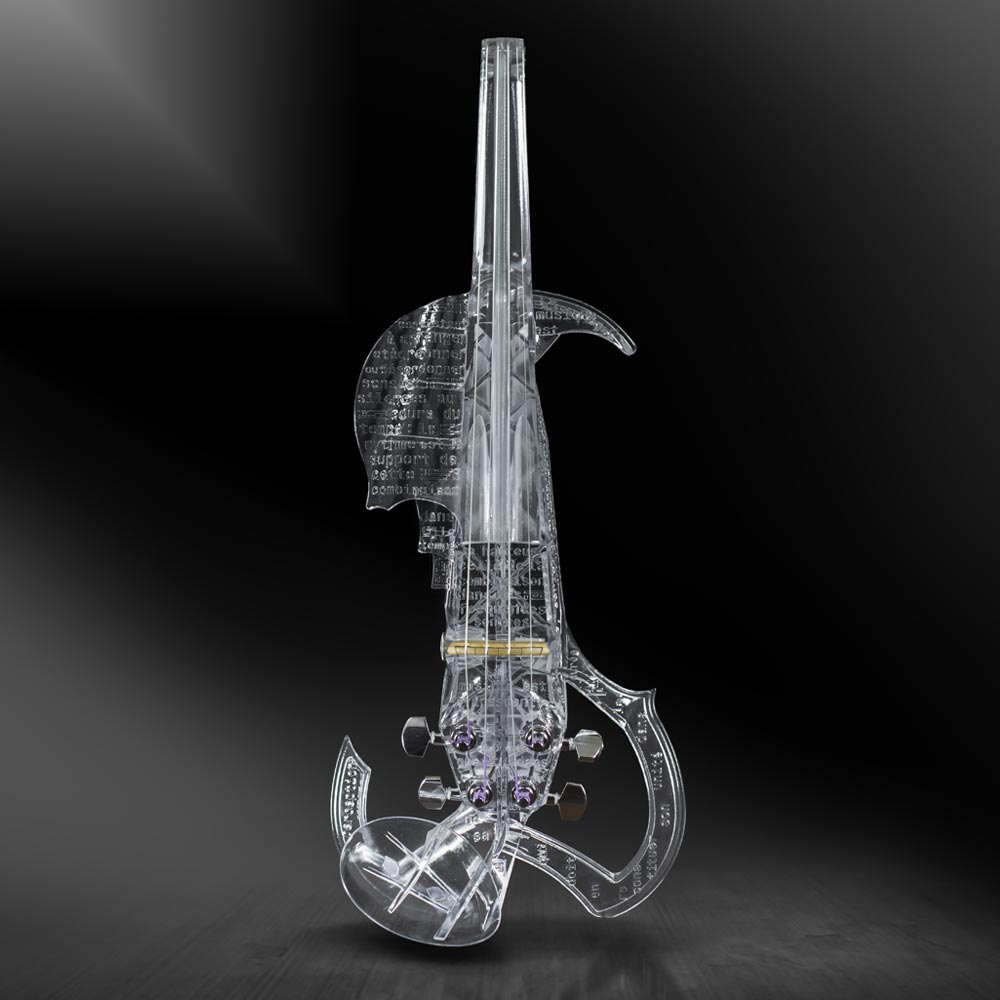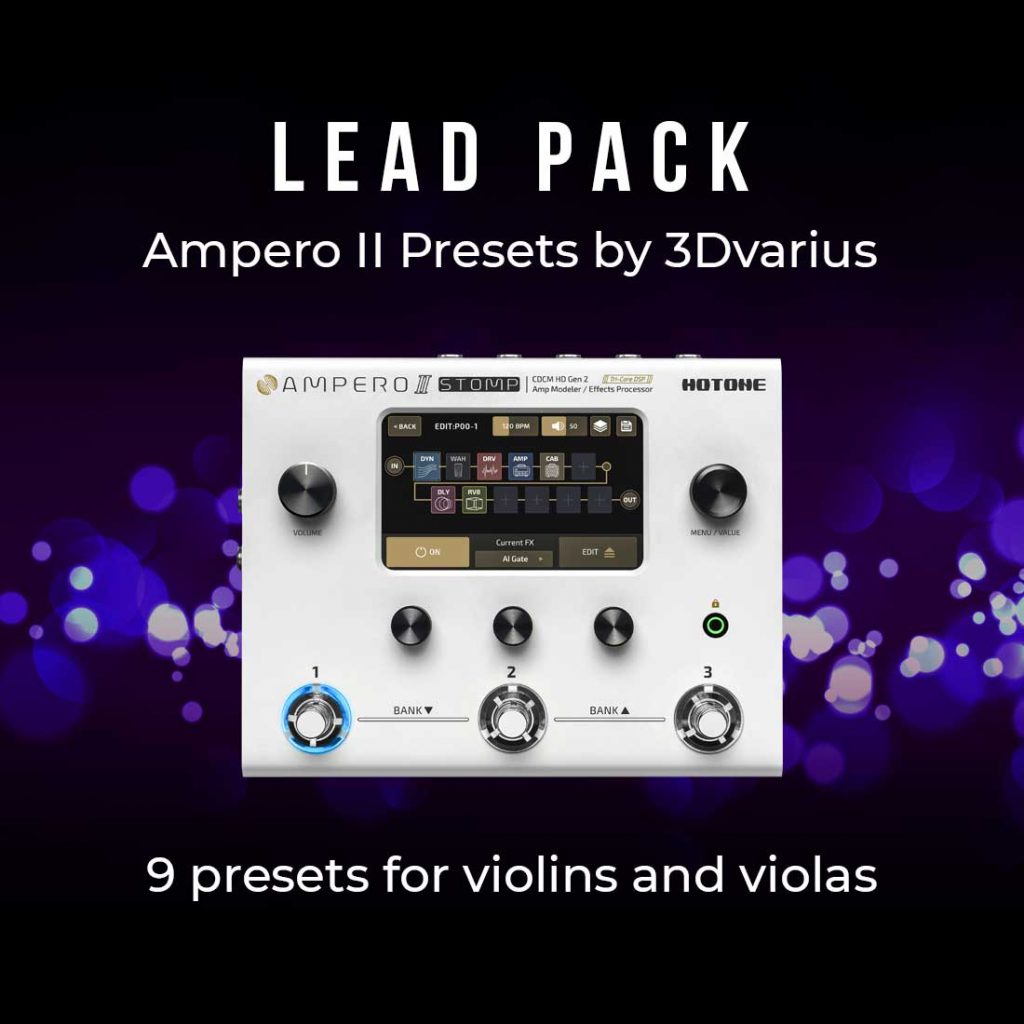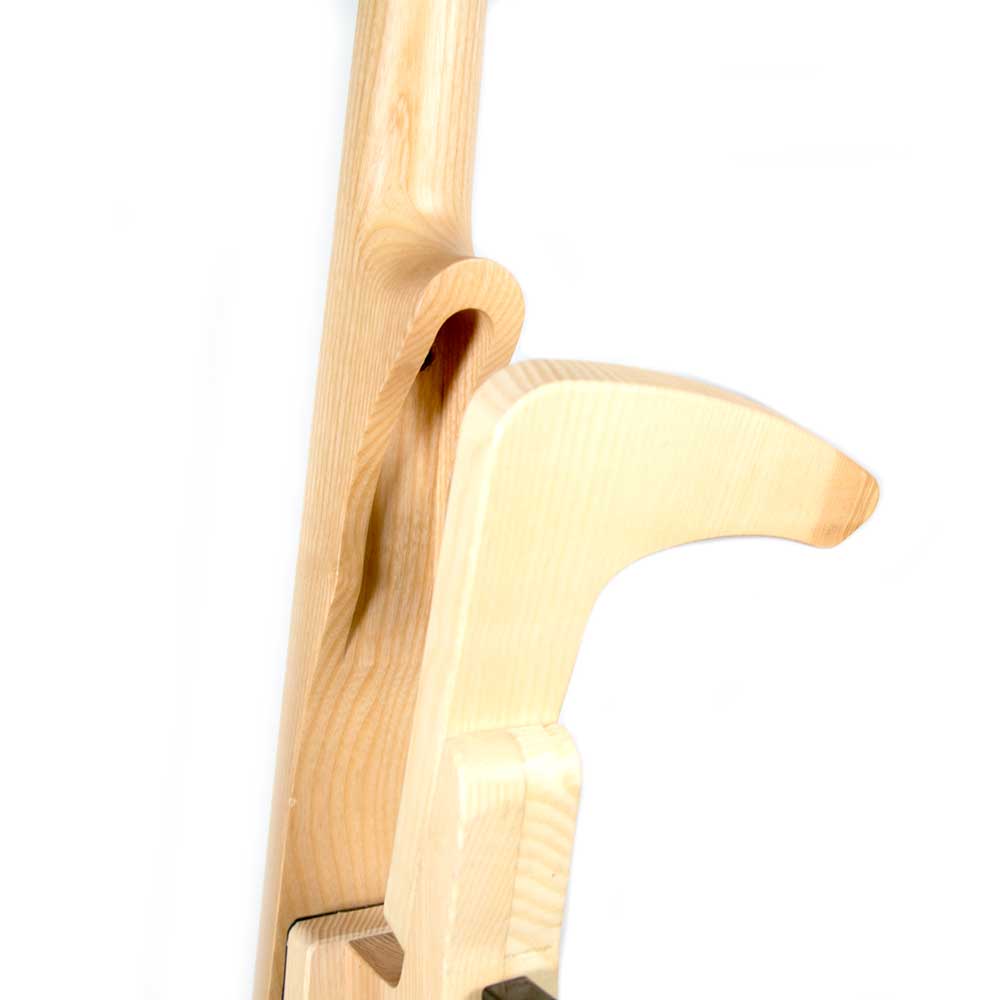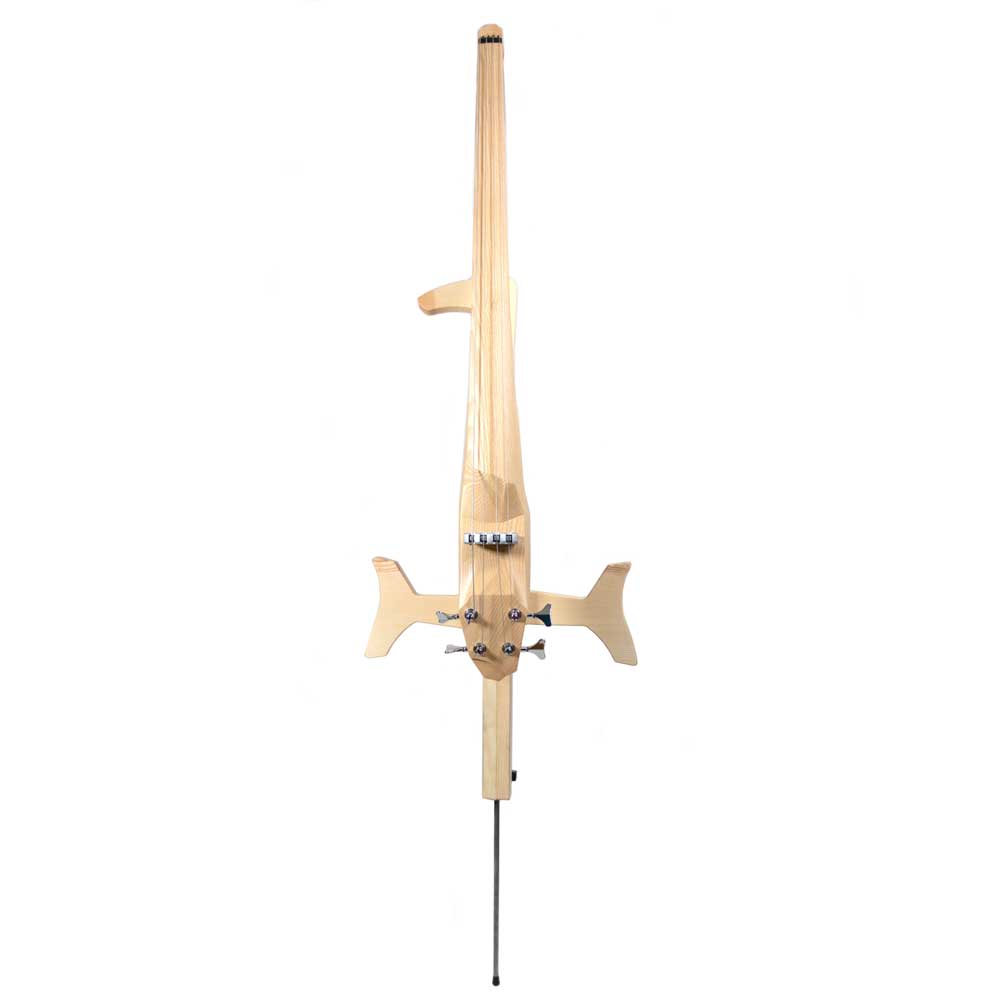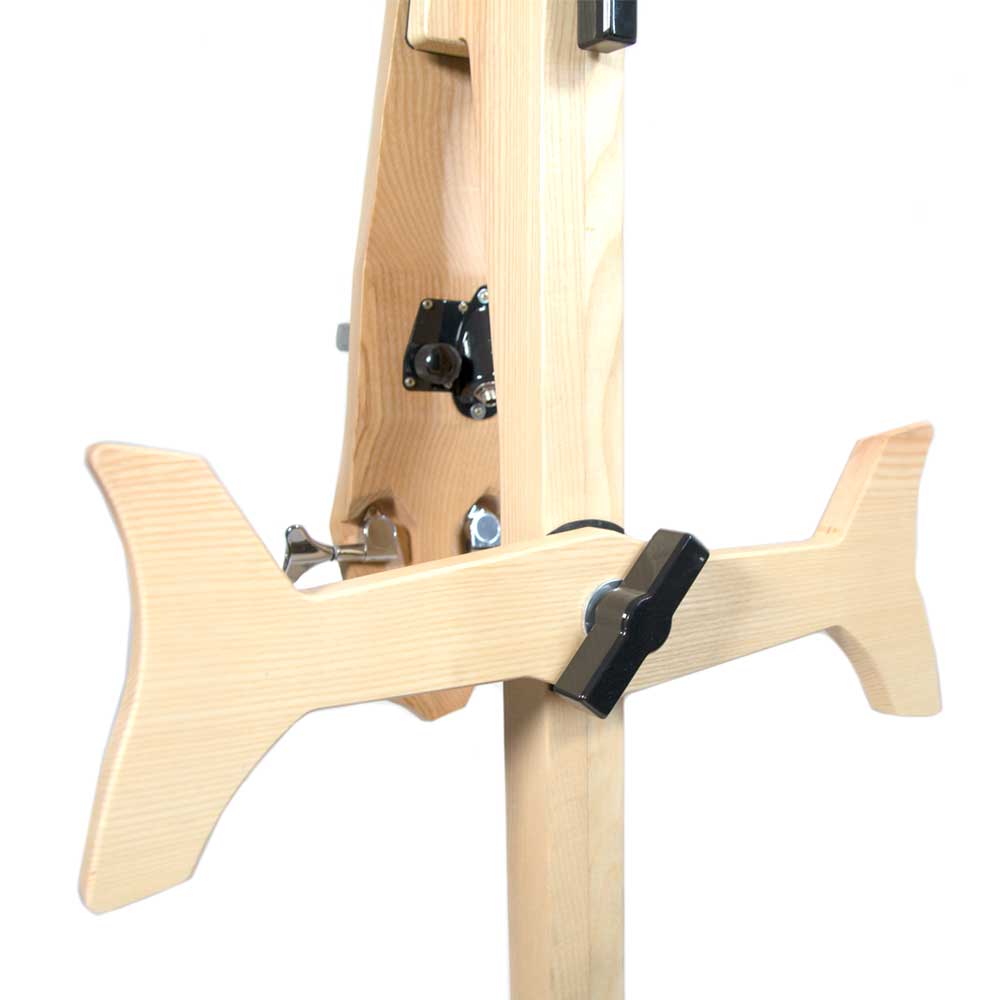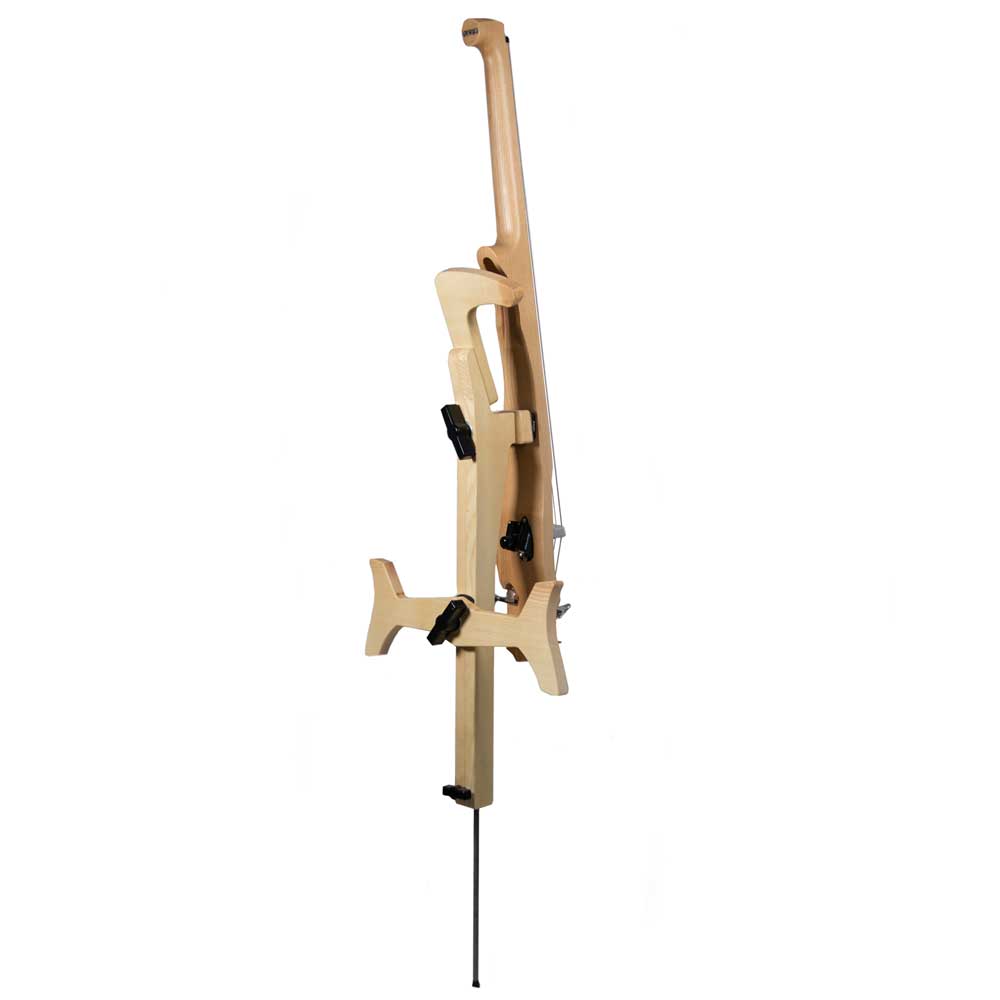Introduction
Being a violinist nowdays is not only about just sounding good as soloist, but grooving perfectly with others. That’s where the chop technique comes in. This rhythmic and percussive approach has revolutionized the way stringed instruments contribute to modern music, adding groove and excitement to every performance. It doesn’t matter if you’re a violinist, viola or cello player – the chop technique can make your music way more exciting.
In this article, we’re diving deep into the chop technique. We’ll uncover where it comes from, how it’s evolved, and most importantly, how you can use it to make your music shine. So, if you’re all set to add some extra rhythm and groove to your musical fun, let’s explore the world of the chop technique. 🎻✨
The Origin of the Violin Chop
The origins of the violin Chop technique are deeply rooted in the bluegrass genre, a style of music characterized by its energetic rhythms and vibrant melodies. This groundbreaking technique, however, was conceived long before it became a musical phenomenon.
Richard Greene: the pioneer
Richard Greene, a visionary figure in the world of bluegrass music, who played a pivotal role in introducing the Chop technique. Over half a century ago, Greene embarked on a mission to enhance the rhythmic elements of his violin playing, breaking away from traditional longbow techniques. He wanted to add rhythm to his playing, like Mac Magaha (another wellknown bluegrass fiddler at the time). And that’s when he found something amazing – a way to make his strings hit the notes in a cool, rhythmic way. This discovery would change music forever.
In 1966, when Greene joined Bill Monroe’s bluegrass group, he sought to enhance the accompanying possibilities of the violin.
As he repetitively strummed chords or double-stopped during extended performances, he realized the need for a fresh approach to maintain interest and avoid fatigue. Thus, he began experimenting with bow strikes or “chunks” on the violin, creating what would later become known as the “violin chop.”
Over time, Greene’s innovative technique not only gained recognition but also started creating ripples in the music world. It caught the keen ear of fellow violinist Darol Anger in 1974, who not only immersed himself in Greene’s teachings but also embarked on a journey to expand and enhance these groundbreaking ideas.
Spreading the word
The Chop as an Ensemble Tool
For Darol Anger, a renowned fiddler and string musician, the Chop technique was a game-changer. His journey with the Chop began in 1971 when he encountered Richard Greene, the ingenious fiddler who invented this technique. Greene’s mastery of the Chop added dramatic musical flair to his rock band Seatrain, but it all started in the mid-1960s when he played, as before mentioned, with bluegrass legend Bill Monroe. Drawing inspiration from bluegrass rhythms, Greene named this technique after Monroe’s similar rhythm technique on the mandolin.
Darol Anger’s initial encounter with the Chop left a lasting impact. Intrigued by the technique’s potential, he pursued a lesson with Richard Greene, becoming the first student of the chop. As a musician who often played in groups without traditional percussion, Anger found the Chop to be a versatile method for creating backup rhythms and harmonies. It wasn’t just a solo technique for him; it became an ensemble tool that enriched his music.
The Turtle Island String Quartet
In 1984, the founding of the Turtle Island String Quartet (TISQ) marked a significant milestone in the evolution of the Chop technique. Collaborating with fellow musicians like David Balakrishnan, Anger developed a rudimentary notation system for TISQ’s arrangements.
This notation system aligned with Richard Greene’s ideas, allowing the quartet to communicate complex rhythm patterns effectively. The Quartet’s cellist, Mark Summer, took the Chop to new heights, expanding its rhythmic possibilities for the cello. The Chop allowed the TISQ to convey the energy of a full contemporary band, complete with drums, guitar, bass, and improvising soloists.
Beyond Bluegrass: A New Musical Vocabulary
Anger’s commitment to spreading the Chop’s magic didn’t stop there. He taught this technique to aspiring virtuosos, including prominent fiddlers like Brittany and Natalie Haas, Alex Hargreaves and Billy Contreras. Collaborating with Casey Driessen and Rushad Eggleston, Anger recorded an instructional video on the Chop in 1996. This video became a global sensation, influencing musicians worldwide. Natalie Haas expanded the Chop’s influence into Celtic string music, nurturing a community of “choppers” with their unique techniques.
The Evolution of the Technique
The violin chop technique continued to evolve as musicians like Darol Anger and his contemporaries embraced its rhythmic possibilities. In their pursuit of creating captivating and dynamic performances, they discovered that the violin chop could serve as a rhythmic foundation similar to that of a drummer in an ensemble. This realization led to a broader application of the technique, enabling violinists to contribute more actively to the overall rhythmic structure of a piece.
Expanding Horizons with Tracy Silverman
One violinist who significantly contributed to the evolution of the violin chop is Tracy Silverman, former member as well of the Turtle Island SQ. Renowned for his innovative playing style, Silverman introduced the “Strum Bowing” method, which revolutionized the approach to incorporating chops into violin playing. This comprehensive system encompasses a wide range of bowing techniques, rhythmic patterns, and progressive methods to achieve rhythmic and harmonic effects. With Silverman’s contributions, the violin chop transcended its bluegrass origins and found relevance in various musical genres.
Casey Driessen: redefining the Chop
Musical creativity often arises from unexpected twists, and Casey Driessen’s journey into the world of percussive bowing is a testament to this. His unique exploration and reimagining of the Chop technique have left an indelible mark on the world of stringed instruments.
A Creative Journey
Driessen’s foray into percussive bowing began in his early teens with a technique he dubbed the “chunk”. This involved producing a rhythmic double-stop sound on beats 2 and 4, inspired by the mandolin’s characteristic chop in bluegrass. It was a creative workaround for the absence of a mandolin in his band Minor Bluegrass.
However, Driessen’s innovation didn’t stop there. As he immersed himself in rhythmic bowing, he inadvertently blended the classic fiddle “double shuffle” pattern with his chunking technique, creating an entirely new musical vocabulary. This experimental fusion laid the groundwork for his deeper exploration into the world of rhythmic bowing.
The turning point came when Driessen encountered Darol Anger and his groundbreaking work with the Turtle Island String Quartet. Realizing that his perceived innovation was already explored, Driessen delved into the technique with fresh vigor. His conversations with Anger during the String Fling event in 1995 became a turning point, altering the trajectory of Driessen’s rhythmic approach.
From this point on, Driessen’s musical language revolved around the Chop technique. He collaborated with R&B and funk musicians, transposing their grooves onto his stringed instrument. He incorporated chopping into solo performances, even developing the distinctive “Triple Chop.” Over time, he integrated new elements like scraping motions, expanding the technique’s rhythmic palette.
Notation and Standardization
Driessen’s commitment to refining his technique led to the creation of his own notation system. Collaborating with Oriol Saña, they worked to codify and standardize the notation, ensuring that this rhythmic phenomenon could be shared and understood across the music community.
Their efforts found an ally in Berklee Press and a team of faculty members who standardized Chop notation in various string resources. Driessen’s story highlights the creative continuum that drives musical evolution. His journey from discovering his own “chunk” to contributing to a standardized Chop notation underscores the dynamic nature of musical innovation and its power to reshape traditions.
Mastering the Chop Technique: Essentials and Tips
The Chop technique offers a fresh dimension to your stringed instrument playing, whether you’re a violinist, violist or cellist. To make the most of this rhythmic and percussive technique, let’s dive into some foundational aspects. Here you have some basic tips of how to grab your bow and the basics of this “chunk”.
Bow Hold and Balance
Bow hold: The way you hold your bow is the starting point. You can opt for the traditional hold – thumb between hair and stick at the frog’s front – or try the thumb under the frog. Stick to one approach to ensure smooth transitions between melodic and chop playing. Keep your 4th finger on the wood or screw for the balance you need.
Angle of the bow: The angle matters. Your bow can be perpendicular to the strings or slightly angled, tip towards you and frog away. Both methods have unique tonal qualities, but for pitch accuracy, stick to a straight bow.
Bow Hair Placement and Location
Bow hair on string: Adjust your bow’s angle by rolling it slightly with your thumb. This positions the hair flat on the strings or towards the fingerboard, enhancing stability and control while chopping.
Location on bow hair for chop: Optimal chopping happens from the frog to the winding’s end on the bow stick. Beyond this point, control diminishes, affecting accuracy and sound quality.
We gratefully acknowledge Casey Driessen for sharing insights from his book on this technique. For more, visit Casey Driessen’s website.
Conclusion
The Chop technique has transformed the world of stringed instruments, offering a fresh perspective on rhythmic expression and musical creativity. As we journeyed through the origins, evolution, and innovative contributions of artists like Casey Driessen, we’ve witnessed how this technique has expanded its horizons, transcending genres and reshaping musical traditions.
So, are you ready to embrace the Chop technique and unlock its rhythmic magic? Explore the nuances of grip, angle, and bow placement in our concise video tutorial prepared specially to start with it! Tap into the full potential of your stringed instrument with the Chop – let’s you groove!🎶
Images and sources: Casey Driessen, Tracy Silverman, Richard Greene, Eduardo Bortolotti, YouTube

